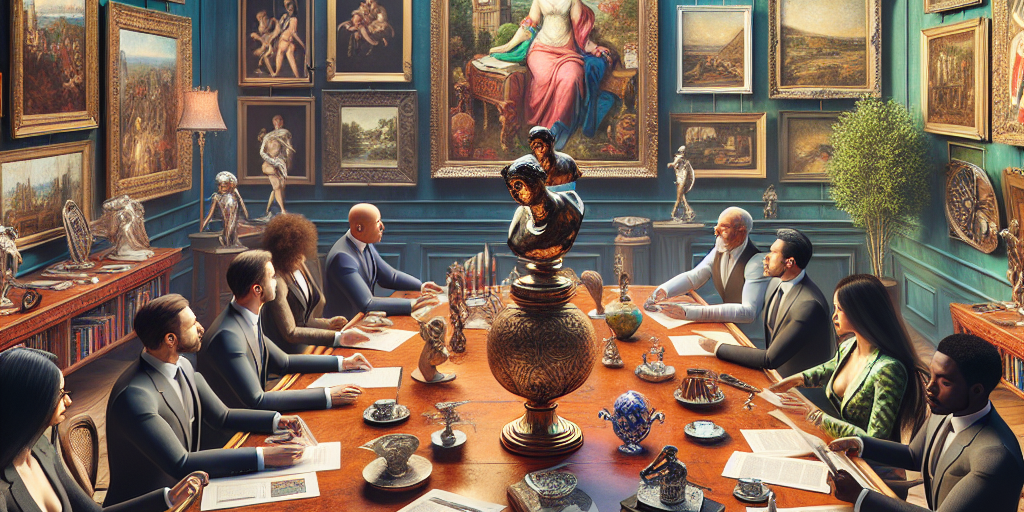Art collecting has long been a pursuit of the elite and the culturally inclined. However, in recent years, there has been an increasing democratization of this once-exclusive domain. With the advent of online auctions and the porous borders of global art networks, more and more individuals are finding their footing in the art market. If you are intrigued by the prospect of art collecting but aren’t sure where to start, this beginner’s guide will walk you through the essentials of masterpiece investments.
Understanding the Art Market
The art market is a complex ecosystem influenced by a myriad of factors, including the reputation of the artist, the provenance and rarity of the artwork, current trends, and even geopolitical events. Beginners need to understand that art is not just an asset class—it’s an emotional and intellectual investment. Unlike stocks or real estate, the value of art can be subjective, based heavily on perception and market sentiment.
Starting Your Collection: Key Considerations
1. Define Your Interests
Before diving into the art world, start by defining your interests. Do you lean towards contemporary art or are you fascinated by the old masters? Perhaps photography, sculpture, or digital art pique your interest? Understanding what captivates you helps narrow your focus, making the vast world of art a bit more approachable.
2. Educate Yourself
Equip yourself with knowledge. Attend gallery shows, art fairs, and museum exhibitions. Read books, listen to podcasts, and follow reputable art critics and historians. The more exposure and education you receive, the sharper your eye for quality and authenticity will become.
3. Set a Budget
Art collecting can range from relatively affordable pieces to multi-million dollar investments. Set a realistic budget that aligns with your financial situation and goals. Remember that investing in art should be sustainable and not impose financial strain.
4. Start Small
It’s wise to start with emerging artists or limited edition prints. These pieces can be more affordable and provide a good starting point for new collectors. They also offer the potential for appreciation in value as the artist’s career progresses.
Building Relationships
The art world thrives on networks and relationships. Establish connections with gallery owners, dealers, and other collectors. They can provide invaluable insights, offer exclusive opportunities, and even guide you toward new artists whose work might interest you.
Emphasizing Provenance and Authenticity
Always ensure the authenticity of any artwork before purchase. Provenance, or the history of ownership, is crucial in verifying an artwork’s legitimacy and value. Acquiring art from reputable galleries or auction houses adds a layer of security to your investment.
The Patience Factor
Art collecting is not a get-rich-quick venture. It requires patience and a long-term mindset. The true value of a piece may take years, if not decades, to appreciate significantly. Enjoying the art itself during this process should be seen as part of the reward.
Leveraging Technology
Technology has made art collecting more accessible. Online platforms provide opportunities to view, evaluate, and purchase pieces from around the world. Be wary, however, of the risks associated with buying art online, and ensure that the platforms are reputable and offer robust authenticity guarantees.
Conclusion
Art collecting is a journey of discovery, patience, and passion. It can diversify investment portfolios and enhance living spaces, creating an aesthetic legacy for future generations. As with any investment, due diligence is key. As you embark on your masterpiece investment journey, relish the exploration of beauty and creativity, and the singular joy that comes with owning a captivating work of art.







